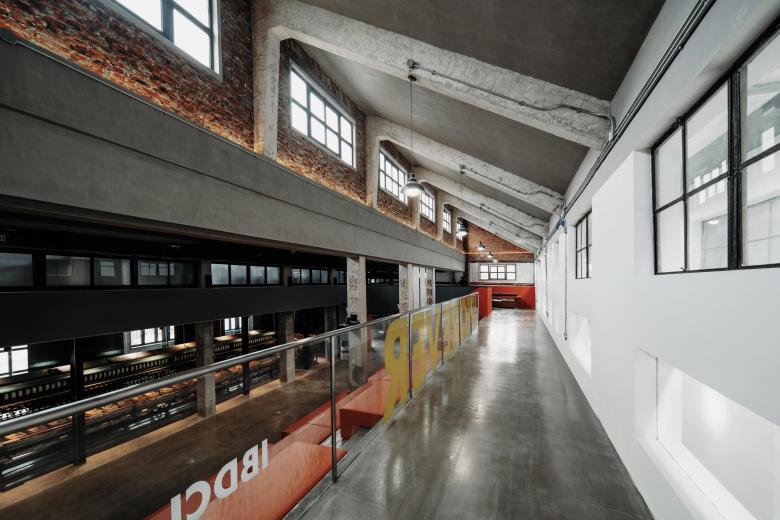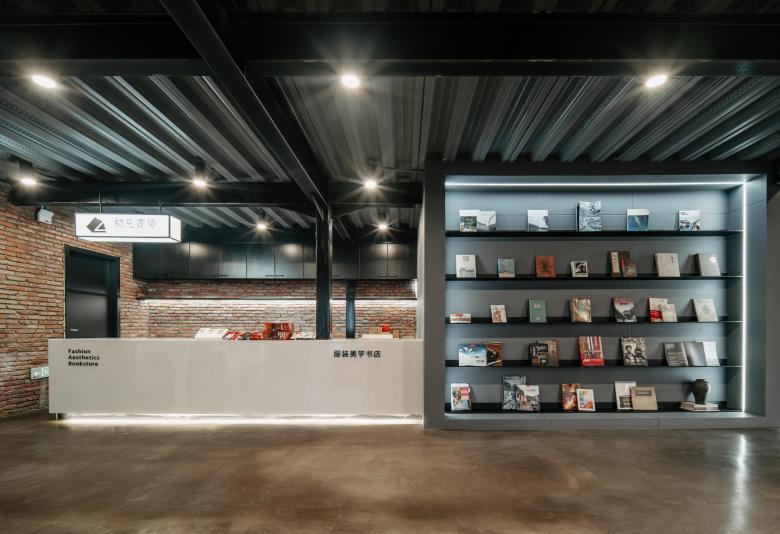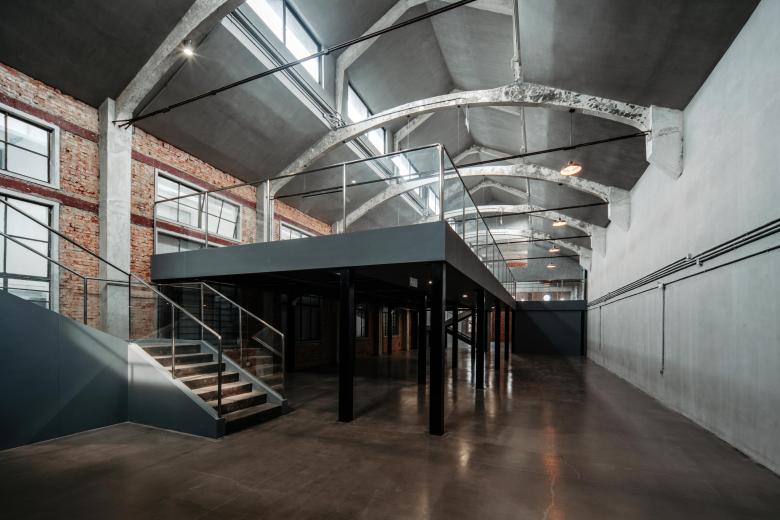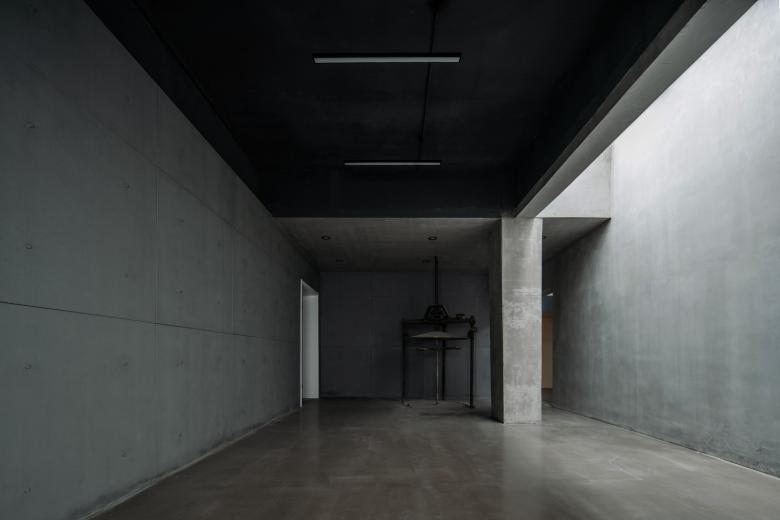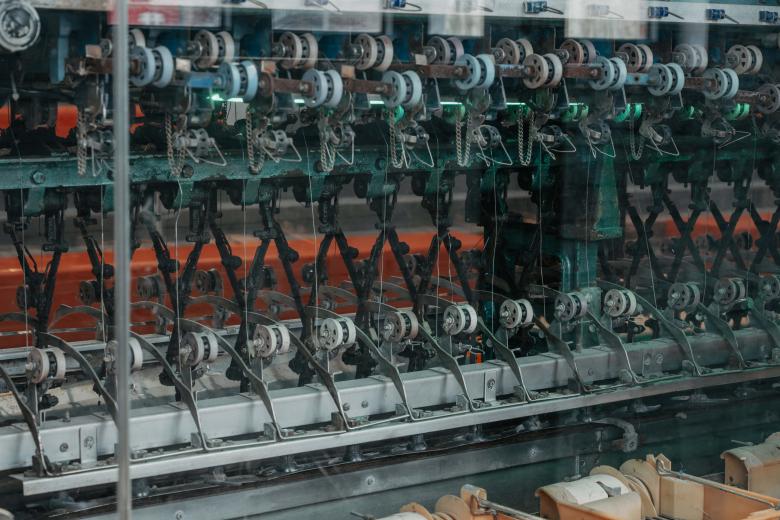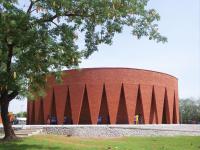Renovation of Suzhou Shengze Tanqiu Silk Reeling Factory
Suzhou, China
Social Background:
Suzhou Shengze's silk production and trade have a long history. The history of mulberry planting, sericulture, silk reeling and weaving can be traced back to BC. From the Tribute of Tang Dynasty to the "Sheng Silk" of Ming and Qing Dynasties, the silk produced by Sheng Ze has long been well-known in China. After liberation, Shengze silk gradually developed from traditional manual production to industrial production. The Tanqiu Silk Reeling Factory, founded in 1969, is one of the symbols of Shengze's early silk industrialization. With technological progress and social development, Tanqiu Silk Reeling Factory gradually withdrew from the historical stage. In recent years, driven by the integrated development of the Yangtze River Delta, Shengze is experiencing rapid economic development and silk industry upgrading. Driven by the local urban renewal policy, the Tanqiu Silk Reeling Factory is also facing transformation.
Site interpretation:
Tanqiu Silk Reeling Factory is located in Shengze Ancient Town on the bank of the Grand Canal in Suzhou. It retains a relatively complete production building and a series of production machinery. The factory presents a typical Jiangnan textile industry architectural style during the period of New China's transformation into modernization. It is a typical landmark and important industrial heritage representing the local economic and industrial development. It is not only Shengze's "city card" and "collective memory", but also an important carrier to inherit Chinese silk culture.
Design tasks:
The cluster of this regeneration will serve as a demonstration area to provide regeneration ideas for the overall development of the factory. The cluster includes cocoon picking and stripping room, cocoon steaming workshop, cocoon cooking workshop, re-shaking workshop, silk reeling workshop and other buildings located in the core of the factory. The property owner wanted to preserve the possibilities of the industrial heritage building for other uses in the future and to meet the basic needs of today's cultural exhibitions and industrial offices.
Design strategy:
The original building cluster is a large-scale production workshop. Its rich roof changes and unique structural forms present the simple aesthetics and era imprints of industrial buildings. The unique construction of high side windows shapes the bright interior space. The large-scale production machinery and the remaining red slogans seem to tell their unique history. In the face of these non-renewable industrial heritage, we hope to carry out this renovation in a "weak intervention" manner, reducing the demolition of the original building as much as possible and retaining its industrial architectural characteristics.
The corridor on the west side of the building cluster has been demolished as a dangerous house, leaving only the row production workshop. In order to meet the needs of internal traffic and management, we built a new public corridor on its west side to reconnect the isolated production workshops.
The original silk reeling workshop is defined as a complex space for exhibitions combined with self-sustaining offices. We keep the existing large-scale production machinery as an "art installation" in the place, hoping to awaken people's memories of the times. The layout of the entire space also revolves around a huge machine, forming three circular moving lines on the first floor. The first floor is an exhibition space that integrates U·Talk lecture hall, show, coffee and auxiliary functions, and the second floor is the office and meeting space of the partner center. The first and second floors are connected by huge modular stairs, which are mainly used as the audience area of U·Talk lecture hall and show. A cocoon cooker and a re-shaker machine are kept under the stairs, which can be viewed and touched in the double-height gallery on the south side. On the opposite side of the stairs, an 18m-long vertical reeling machine is kept as the background of the U·Talk lecture hall and show, and it also defines the circular moving line of the show. Under the height limitation of the huge concrete beams, two horizontal corridors become a necessary condition for the circulation of the entire second-floor space. The partner center on the second floor forms a private volume in contrast to the open exhibition space through a row of low floor-to-ceiling windows.
The original re-shaking workshop, cocoon cooking workshop, cocoon steaming workshop and cocoon selection workshop are defined as cultural and creative office spaces for rent. Among them, the re-shaking workshop has two bays, one large and one small. The roof is supported by arch beams and has high side window, which are particularly bright under the sunlight. Thanks to the relief of the net height under the steel cables of the original structure by excavating the ground, we can implant a mezzanine in it to meet the needs of the newly added office area. The large bay forms a longitudinal visual guide through partial interlayer processing, while retaining the scale of part of the original production workshop, forming a dialogue between the new and the old. The small bay brings the high arch beam sequence closer to the eyes through the overall interlayer treatment, reshaping the space experience.
After the reinforcement of the original cocoon cooking workshop, all the structural columns protrude from the interior wall, showing a clear structural system. Except for the two functional modules implanted in the entrance, we only made material treatment on the wall and top surface to strengthen the relationship with the original structure.
The original cocoon steaming workshop is relatively closed. We bring natural light into the room through skylights, while retaining the original cocoon steaming machinery.
The original cocoon selection workshop was a relatively independent two-storey double-sloped building, with a roof supported by triangular trusses and a thin vertical steel ladder connecting the first and second floors. We solved the problem of longitudinal traffic by adding a spiral staircase to the gap in the floor slab of the original building. In addition, we have also preserved the huge cocoon selection machinery and hope that it will be part of the office furniture.
The Tanqiu Silk Reeling Factory has undergone several renovations and we wanted to strip it of the decorative components that had been added during the past repair process and restore its period character. Faced with the chaotic interface relationship caused by the past renovation and reinforcement, we chose to retain the "bone" and reshape the "block surface". The surface layer of the beam-column structure is stripped to highlight the roughness of the concrete structure. Part of the wall plastering was removed to restore the essence of its red brick building. Re-exposing the reinforced steel plate covered by the cement mortar patch shows the fact that it has undergone reinforcement.
Technical thinking:
1. Structure: The original building structure belongs to a complex structure of a special historical period and has been reinforced. When the interior is newly built, we adopt an independent steel structure system and avoid the foundation of the original structural column and the exterior wall to avoid secondary damage to the original structure. This treatment also preserves the possibility of the project being repurposed for other uses in the future.
2. Material: When treating the walls and beams and columns after stripping the surface layer, we use water-based paint to maintain their rough texture. When faced with the problem of cracking and spalling roofing, we used cement paint to continue the atmosphere of its industrial space. When building the new west corridor, we used red bricks left over from the demolition of dilapidated houses in the factory as a connection between the old and the new. In addition, we also use materials such as metal mesh and steel railings to echo its industrial building properties.
3. Equipment: In order to maintain the pure aesthetic feeling of the original building beam and column system and roof, all equipment is arranged by way of sticking to the wall or the bottom of the beam, and the corresponding color is sprayed in combination with the material changes of the wall and the top surface.
Renovation revelations:
The renovation of industrial heritage architecture is essentially a dialogue with history. How to implant new functions while preserving the historical imprint and even preserving the possibility of future renovation is an unavoidable problem. What functions are implanted is often influenced by government decisions or business plans, but how to preserve historical imprints depends more on design strategy. Preserving historical imprints is not simply about rebuilding or restoring old buildings, buildings change over time. This renovation adopts the method of "weak intervention" to dialogue with history, hoping to transform the epitome of the characteristics of an era and economic and people's livelihood into an innovative cultural and creative park to promote local development.
- Architects
- Parallect Design
- Location
- 中国江苏省苏州市吴江区盛泽镇坛丘丝厂路12号, Suzhou, China
- Year
- 2023






